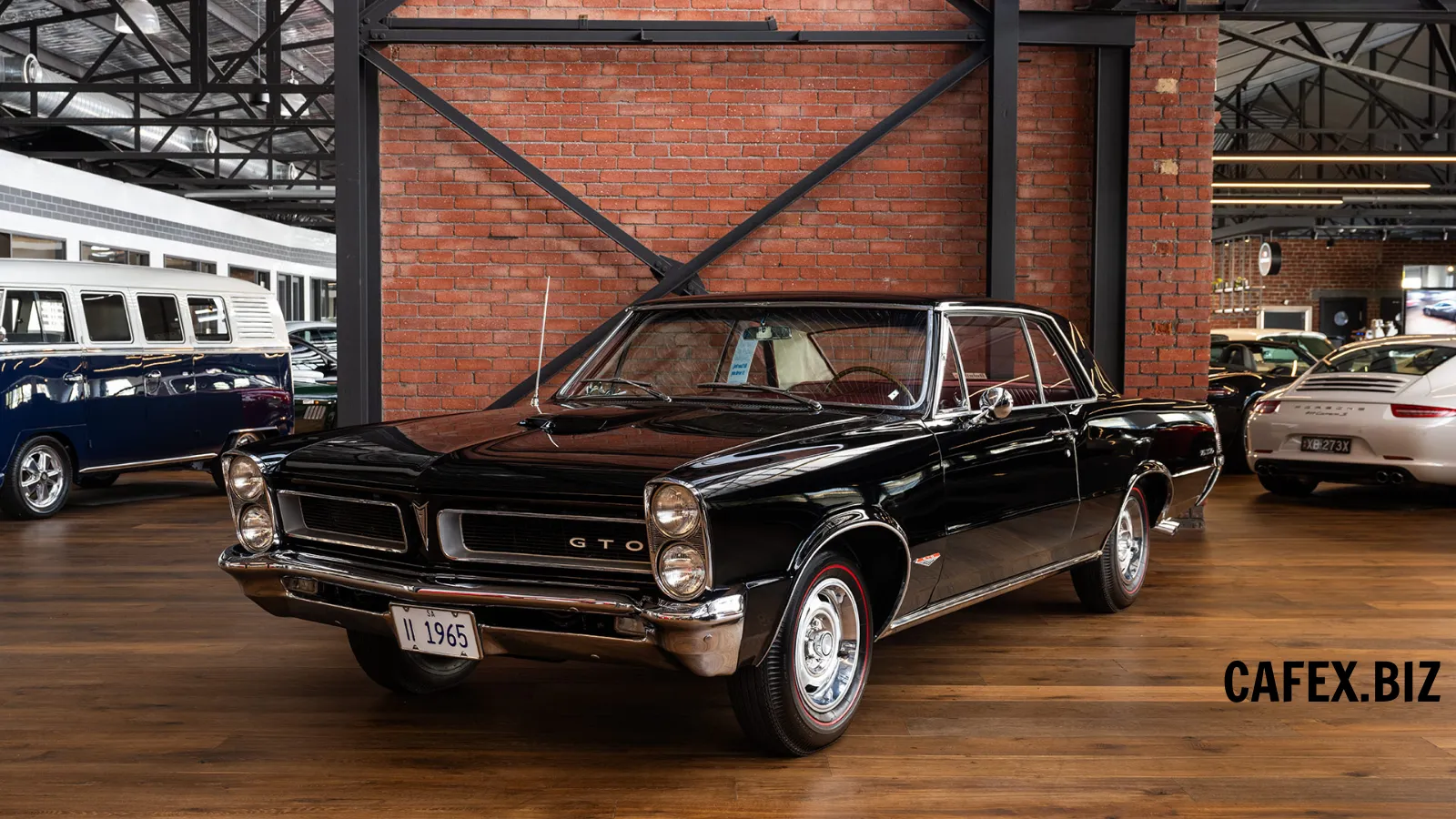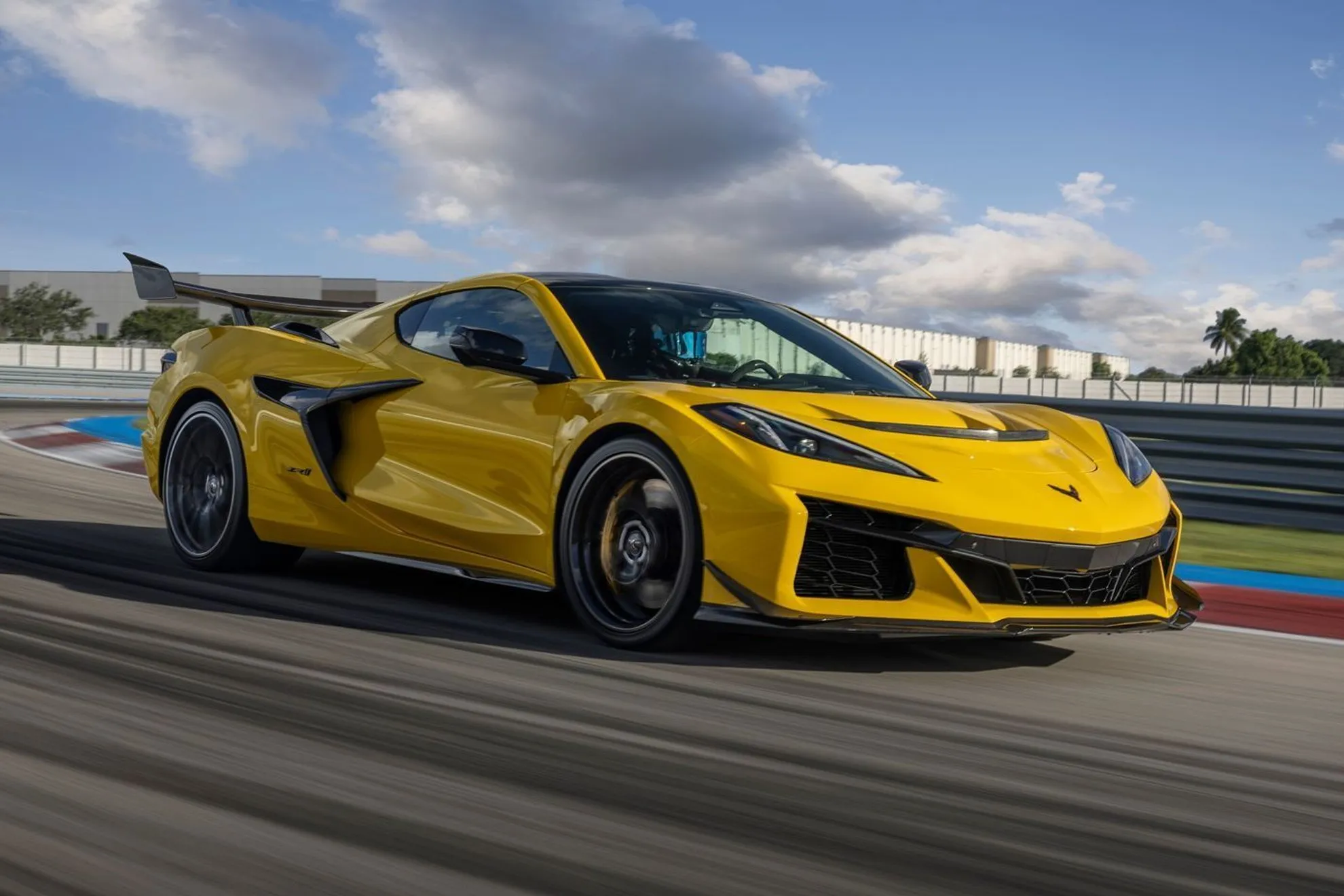In the annals of automotive history, few names elicit the same level of reverence and excitement as the Pontiac GTO. The year 1965 marked a pivotal moment in the muscle car era, as the Pontiac GTO transformed from a trim option to a standalone model. With its powerful engine, sleek design, and undeniable charisma, the 1965 Pontiac GTO not only defined an era but also laid the foundation for the American muscle car revolution.

The Birth of a Legend

The story of the 1965 Pontiac GTO begins with the vision of a young and ambitious engineer named John DeLorean. DeLorean believed that combining a high-performance engine with a mid-size car would create a vehicle that would captivate the hearts of enthusiasts. The GTO, which stood for "Gran Turismo Omologato," a nod to Italian racing heritage, was born out of this vision.
At the time, General Motors had imposed a corporate-wide ban on installing engines larger than 330 cubic inches in intermediate-sized cars. However, Pontiac found a loophole by offering the GTO as an option package for the Tempest LeMans, which was considered an intermediate-sized car. This creative maneuvering allowed Pontiac to install a 389-cubic-inch V8 engine with 325 horsepower, and later an even more potent Tri-Power variant with 360 horsepower.
The Powerhouse Engine

The heart and soul of the 1965 Pontiac GTO was its engine. The standard powerplant was the 389-cubic-inch V8 engine, which featured a single four-barrel carburetor and generated 325 horsepower. This engine was no slouch, propelling the GTO from 0 to 60 mph in just under 7 seconds, a remarkable feat for the time.
For those seeking even more power, Pontiac offered the legendary Tri-Power setup. This arrangement consisted of three two-barrel carburetors, boosting the horsepower to an impressive 360. The throaty roar of the GTO's engine, combined with its raw power, made it an instant favorite among gearheads and drag racers.
Exterior Elegance with an Edge

While the GTO's performance was its standout feature, its exterior design was equally captivating. The 1965 model featured distinctive stacked headlights, a sleek and sculpted body, and Pontiac's signature split grille. Chrome accents and a well-defined, muscular silhouette added to the car's visual appeal.
One standout design element was the "GTO" badging, which was proudly displayed on the front grille and rear decklid. It became an iconic emblem that symbolized power and performance, much like the car itself.
Interior Comfort and Style
Inside the 1965 Pontiac GTO, the focus on comfort and style was evident. The bucket seats, covered in vinyl or optional leather, provided excellent support during spirited drives. The dashboard featured a clean and functional layout, with a sporty three-spoke steering wheel and clear, easy-to-read gauges.
Although the GTO was known for its performance, it didn't compromise on creature comforts. Options like air conditioning, power windows, and a premium sound system were available for those who wanted to enjoy both speed and luxury.

Performance and Racing Heritage

The 1965 Pontiac GTO was not just a car; it was a statement of performance. With its powerful engine and relatively lightweight design, it was a force to be reckoned with on the dragstrip and the streets. The GTO quickly gained a reputation as a street racer's dream, dominating in countless stoplight-to-stoplight showdowns.
In fact, the GTO's prowess on the racetrack led to its nickname, "The Goat." This moniker was derived from the letters GTO, and it became synonymous with speed and power in the automotive world.

The 1965 GTO also made its mark on the racing circuit, with Pontiac offering the "Royal Bobcat" performance package through select dealerships. This package included various performance upgrades, such as a hotter camshaft, headers, and a limited-slip differential, further enhancing the GTO's racing pedigree.
Cultural Impact

Beyond its performance credentials, the 1965 Pontiac GTO played a significant role in shaping American car culture. It arrived at a time when young buyers were seeking excitement and individuality in their cars. The GTO appealed to this demographic, offering a blend of power, style, and affordability that resonated with the youth of the 1960s.
The GTO's influence extended beyond the realm of automobiles. It became a symbol of rebellion and freedom, capturing the spirit of the era. Songs like Ronnie and the Daytonas' "G.T.O." and the Beach Boys' "Little GTO" immortalized the car in popular music, further solidifying its cultural significance.
The Revival and Enduring Enthusiasm

While the original GTO may have disappeared from production, its spirit lived on. In the mid-2000s, Pontiac revived the GTO nameplate for a new generation of muscle car enthusiasts. However, it was the 2004 Pontiac GTO that paid the most direct homage to the original 1960s icon, with a modern interpretation of the classic design and a potent LS1 V8 engine.
Today, the 1965 Pontiac GTO enjoys a special place in the hearts of collectors, enthusiasts, and automotive historians. Restored models, whether kept in their original glory or modified for modern performance, continue to be sought after at auctions and car shows.
Legacy and Collectibility

Today, the 1965 Pontiac GTO stands as a timeless classic and a highly sought-after collectible car. Its combination of rarity, performance, and iconic design has made it a favorite among collectors and enthusiasts. Well-preserved examples of the '65 GTO command top dollar in the collector car market, with Tri-Power-equipped models being especially coveted.
Restoration projects and aftermarket parts availability have also contributed to the GTO's enduring appeal. Enthusiasts continue to restore and modify these cars, keeping the spirit of the GTO alive and well.
Conclusion

The 1965 Pontiac GTO holds a special place in the hearts of automotive enthusiasts and collectors. It was a car that defied convention, challenged the status quo, and ignited a passion for high-performance vehicles. With its powerful engine, distinctive design, and cultural impact, the GTO not only defined an era but also left an indelible mark on the history of American muscle cars. Today, it remains a symbol of speed, power, and rebellion—a true legend of the road.



-1686132441.jpg)